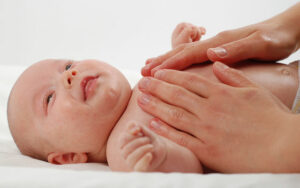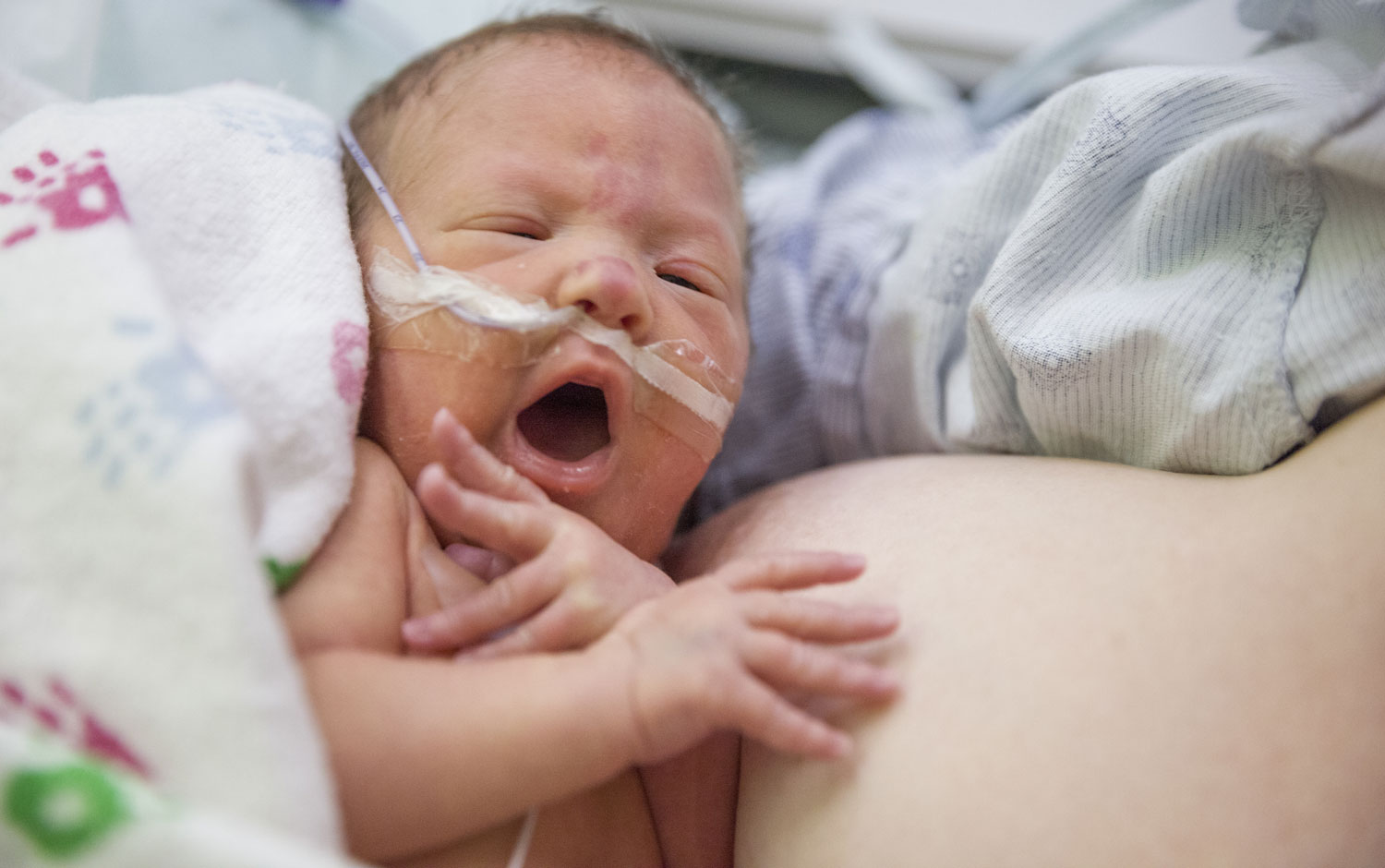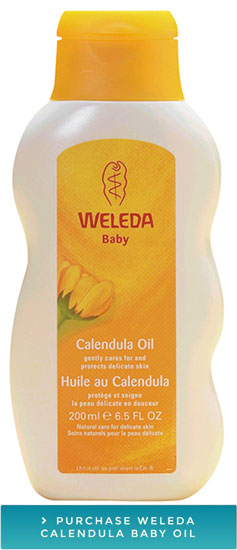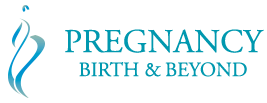 Baby Massage
Baby Massage
Imagine if a simple, daily practice could improve your sleep and wellbeing, your bond with baby, and baby’s growth and development? Well, that’s precisely what baby massage has the potential to do.
How babies benefit from massage
Daily massage can aid a baby’s overall growth and learning. According to a 2013 review of 34 studies, massage may improve a range of development outcomes. These include better motor (physical) skills, psychomotor development (how the brain deliberately controls movements), and personal and social behaviour in healthy babies. However, at that time, there were only a few high-quality studies.
More recent research with healthy infants has also shown that massage helps improve babies’ gross and fine motor development (using their large and small muscles). For example, one study showed that just 15 minutes of massage, twice a week for six weeks, benefited 3-month-olds.
Massage can also help reduce irritability (colic), and reflux – which is good news for everyone in the family.
Benefits for preterm babies
For preterm babies, who may have more development challenges, massage can be particularly useful. Some of the research with premature babies has shown that massage provides:
- faster weight gain
- improved brain development at two years corrected age (2 years after their due date)
- a stronger emotional attachment between mum and bub
- shorter hospital stays
- lower anxiety and depression for mothers.

Parents benefit too
One of the most significant difficulties in the early months (or years!) of your child’s life is sleep disruption. Baby massage is one tool that can improve your sleep quality. Both babies and mothers enjoy longer sleep time and fewer night wakings with baby massage.
 Giving regular baby massages can be particularly beneficial for mothers with postnatal depression. In a recent study of 120 mothers, those assigned to give baby 15-minute massages twice a day had lower depression. Other benefits to mothers, according to a review of the research, include better interaction and greater attunement between babies and mothers, an increased sense of wellbeing, and greater confidence for the mothers.
Giving regular baby massages can be particularly beneficial for mothers with postnatal depression. In a recent study of 120 mothers, those assigned to give baby 15-minute massages twice a day had lower depression. Other benefits to mothers, according to a review of the research, include better interaction and greater attunement between babies and mothers, an increased sense of wellbeing, and greater confidence for the mothers.
As well as these fantastic benefits, mothers learning massage have described it more simply as a bit of “time out”. It’s an activity that provides a relaxed moment amidst the demands of everyday life. Plus, they enjoy the chance for emotional and physical connection with their little one.
When to massage
In the studies mentioned, baby massage was as infrequently as twice a week, and up to four times a day. Choose whatever routine works for you. For instance, you might do it after every bath, or only on weekends.
Choose a time when bub is calm, not agitated, hungry or tired, and when you’re calm too. After a nap or during nappy changes are other great opportunities to spend a few minutes on massage.
Limit the length of the session depending on your baby’s age – older babies may enjoy it for up to 30 minutes, and younger babies perhaps just 10 minutes.
Getting comfortable
Sit on the floor with a cushion for you and a towel underneath bub. Or during a nappy change, use the nappy change table. If the room is cold, you might need to raise the temperature before you begin.
Massaging with oil is more effective than not using something to help your hands glide easily. Ideally use organic, cold-pressed fruit, nut, vegetable or seed oil. Avoid olive oil and coconut oils as they are not the best choice. Do not use a nut oil if there are nut allergies in the family.
How to do baby massage
Keeping one hand on your little one at all times helps them feel secure. Moderate pressure is best, not too light (many babies don’t seem to like that). Also, use slow, smooth, soothing strokes.
One way to perform the massage is by working from the feet upwards:
- Feet – stroking firmly from heel to toe.
- Legs – long, smooth strokes from ankle to thigh.
- Chest – bring both your hands from baby’s shoulders towards her chest.
- Arms – from the shoulders towards the wrists.
- Tummy – using gentle, circular motions (avoid the belly button if it still healing).
- Back – using long strokes from head to toe.

You can also make it fun with nursery rhymes and songs if you’re both in the mood for that.
The most important thing to focus on is whether the baby seems to be enjoying it and is looking relaxed. If not, you can try again later.
If your baby arrived prematurely or has particular health issues, check with your midwife or doctor about the best way to approach massage with them. You can also take baby massage courses – ask your midwifery practice or hospital if they offer these.
Incorporating a few minutes of baby massage in your day is a simple and enjoyable way to take care of both baby and yourself.
Reference List
PBB aims to keep you informed with the latest research-based information. Check out our reference list used in the creation of this article.
Published 23rd August 2020


Recent Comments